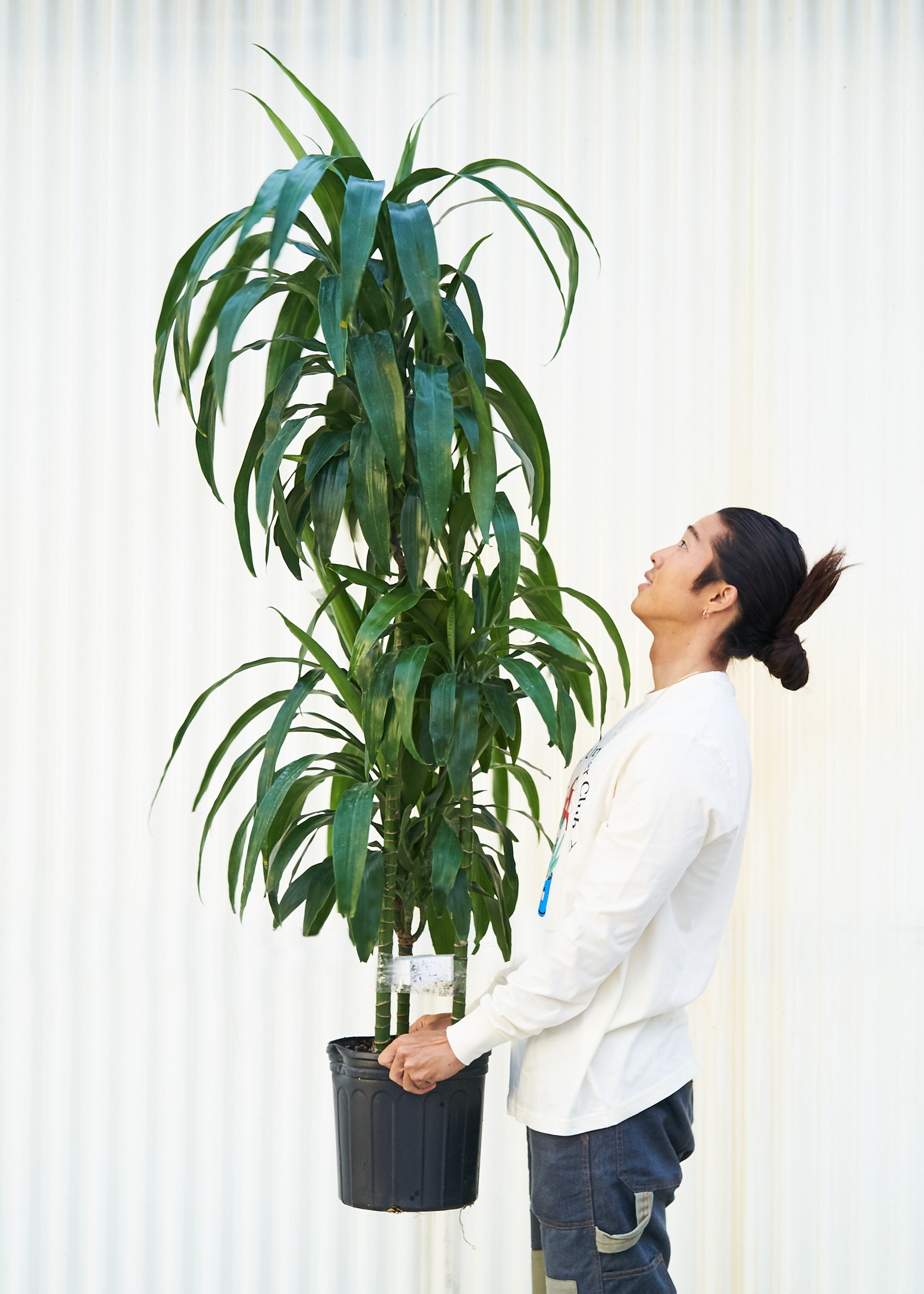Fishbone Cactus Care Guide
About Fishbone Cactus
The quirky Fishbone Cactus (Epiphyllum anguliger) has flat, wavy leaves that have earned it its other common name, Zig Zag Cactus. The leaves of this unique plant are actually stems, which is why a Fishbone Cactus producing new growth looks like it’s got thin strings growing from the tips of its leaves. Once mature, they develop their signature triangular lobes.
This magnificent tropical plant is an epiphytic succulent, native to Mexico. The Fishbone Cactus flowers with delicate, pink blooms that open at night. The usual Fishbone Cactus blooming time is between September and November, with each Fishbone Cactus flower lasting for several days.
The Zigzag Cactus is ideal for USDA hardiness zones 10-12. With mature stems growing to 4 ft in length, these plants are also available in a small size that will fit in more compact spaces.
Zigzag Cactus care is relatively easy, making this plant perfect for beginners. The Fishbone Cactus is not toxic to cats and dogs, so you can safely grow it around your pets.
Fishbone Cactus: Benefits
- Eye-catching and unusual foliage
- Fragrant blooms
- Pet-safe plant, ideal for homes with cats and dogs
- Ideal for hanging baskets or planters
- Stunning porch plant for warmer climates
- Makes a great gift
Fishbone Cactus: Growing Tips
Wondering how to care for a Fishbone Cactus? It’s fairly simple; remember that this plant is a robust succulent that stores water in its leaves. Follow these Zig Zag Cactus care tips for best results:
Fishbone Cactus: Light Requirements & Temperature
- Light: Fishbone Cactus light requirements include plenty of bright, indirect light.
- Temperature: The best temperature for this plant is 60-80°F. The Fishbone Cactus will bloom better if you keep it in cooler temperatures in winter.
Fishbone Cactus: Watering & Humidity
- Watering: The Fishbone Cactus needs regular watering. Allow the soil to dry before watering again, however.
- Humidity: The Fishbone Cactus thrives in a warm, moist environment.
Fishbone Cactus: Soil, Fertilizer, and Repotting
- Soil: An important part of Fishbone Cactus care is choosing the right soil. Use a well-draining soil for succulents; add orchid bark or perlite for enhanced drainage.
- Fertilizer: Feed your plant monthly with a balanced liquid fertilizer diluted at half strength throughout the growing season.
- Repotting: Repot the Fishbone Cactus once every two or three years. These plants bloom best when a bit rootbound.
Fishbone Cactus: Propagation
Fishbone Cactus propagation is easy. To propagate your Fishbone Cactus, take a stem cutting in spring and plant it in well-draining soil.
Fishbone Cactus: Pruning and Common Issues
The Fishbone Cactus doesn’t require a plant stake. Its stems bend gracefully as they grow longer, cascading from the pot. Rotate the planter once in a while to ensure the plant gets even light from all sides.
Common Fishbone Cactus problems include red leaves, caused by insufficient sunlight, and soft, discolored leaves because of overwatering. Wrinkling leaves indicate that the plant is thirsty.
Fishbone Cactus: Companion Plants & Placement Options
The Epiphyllum Anguliger Fishbone Cactus is a fascinating plant with lush, decorative ribbons of zigzagging foliage. See below some placement options and companion plants to pair with it, available at Rooted.
Great to Place on
Use your Fishbone Cactus plant to add zest and interest to shelves or tabletops. Grow this amazing succulent in baskets or hanging planters indoors, or outdoors in warmer climates.
Fishbone Cactus Grows Well With
Grow your Fishbone Cactus with other beautiful plants:
- Sharktooth Fern: The striking Sharktooth Fern is a unique cactus with jagged, fern-like leaves.
- Bromeliad: This Vriesea Bromeliad variety is a magnificent, easy-care plant with a flame-like bloom that lasts for months.
- Monstrose Cactus: The spectacular, sun-loving Monstrose Cactus produces both flowers and edible fruit.
Shop Fishbone Cactus for Sale From Rooted Today!






































4"-7" height


6"-18" height


10" to 24" height


1.5-3' height


2.5-5' height

